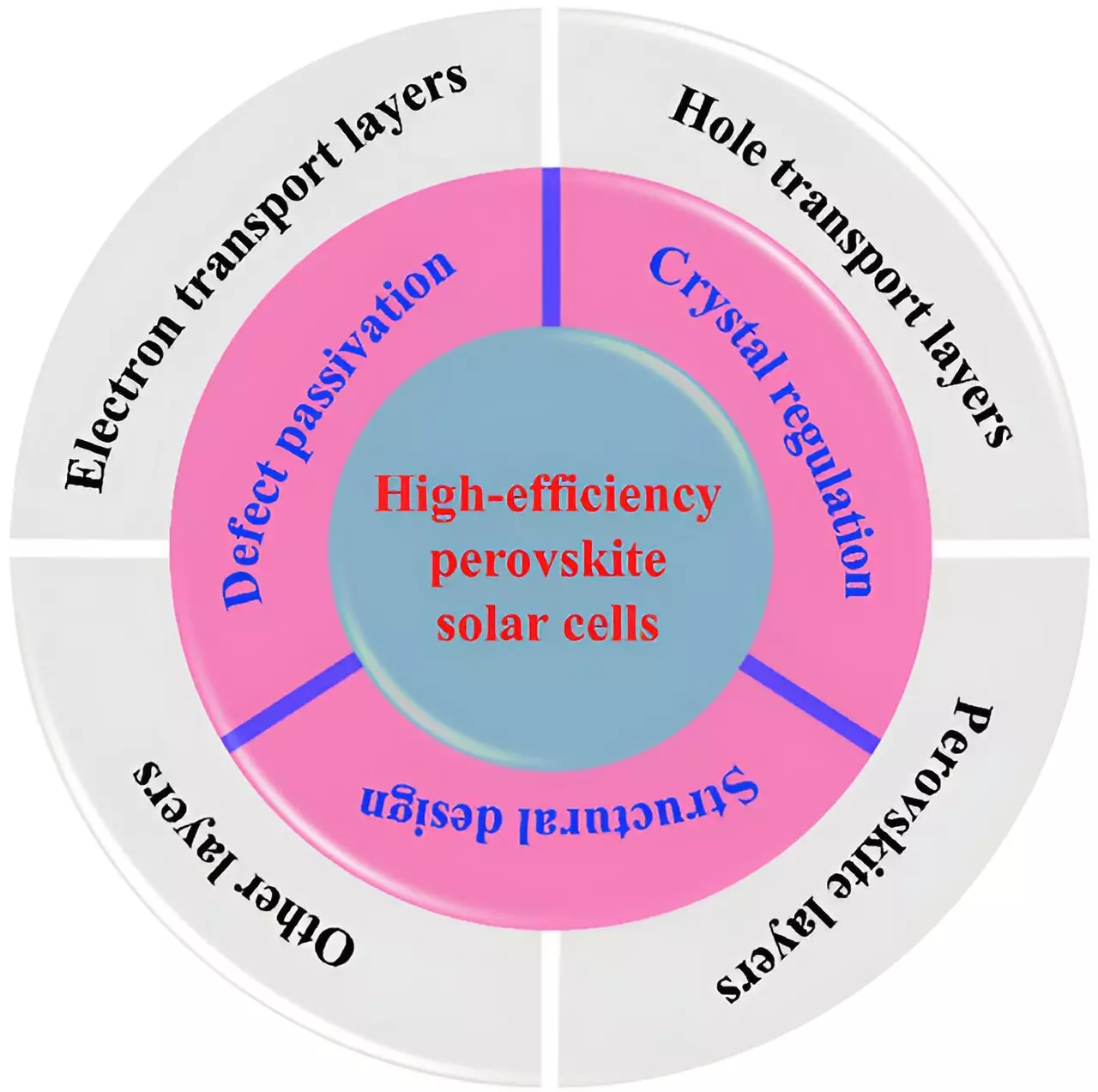Currently, commercial solar panels are only able to convert a small percentage of the sunlight they absorb into electrical energy. The efficiency typically ranges from 15% to 20%, which leaves a lot of room for improvement. Researchers at Soochow University have made significant advancements in this area, with the next generation of solar cells already reaching an impressive 26.1% efficiency. This shows great promise for the future of solar energy production.
The focus of the research conducted by Soochow University is on high-efficiency perovskite solar cells. These solar cells are made from a metal halide perovskite material that acts as a light-absorbing semiconductor, capturing sunlight and converting it into energy. These cells have shown immense potential due to their high efficiency, low cost, flexibility, and scalability. They are considered to be the next generation of photovoltaic technology.
While perovskite solar cells have demonstrated efficiency levels above 26% in laboratory conditions, there are still challenges that need to be addressed to make this efficiency standard. One of the main issues is the presence of defects in the preparation process, which can hinder efficiency. Researchers have identified strategies such as crystal regulation, interface passivation, and structural design of component layers to overcome these challenges and improve efficiency.
Looking ahead, researchers believe that perovskite solar cells hold great promise for commercialization and industrialization in the future. By further optimizing fabrication methods for larger components and addressing issues related to stability and tolerance to defects, these solar cells can become a key player in the renewable energy market. Additionally, the possibility of combining different types of solar cells to create tandem solar cells opens up new avenues for breaking efficiency limits and maximizing energy production.
The advancements in solar panel efficiency, particularly in the development of high-efficiency perovskite solar cells, are paving the way for a brighter future in solar energy production. With continued research and innovation, the efficiency levels of solar cells can be significantly increased, making solar energy a more viable and sustainable option for meeting our energy needs.


Leave a Reply